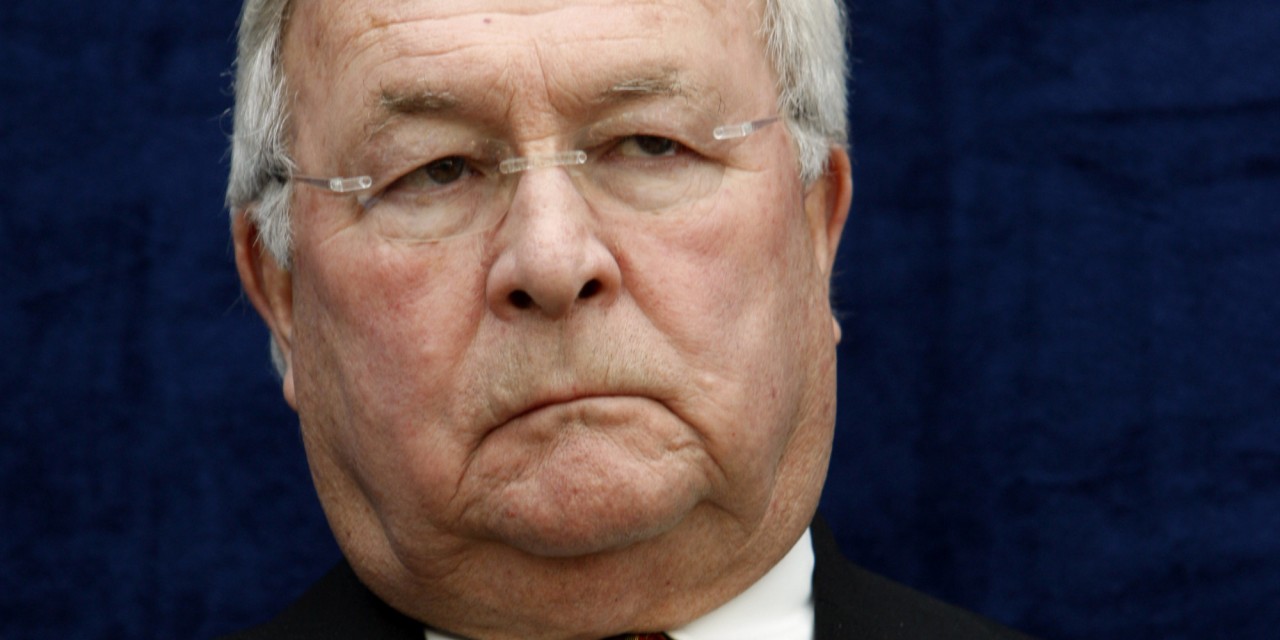This is an excerpt from a column that I wrote last week for Deadline Detroit.
By Chad Selweski
As American suburbia in 2018 was revealed as far more complex and diverse than its “white bread” past, outspoken Oakland County Executive L. Brooks Patterson stepped forward to seal his persona as the ultimate suburban dinosaur clinging to decades gone by.
In Crain’s Detroit Business, Patterson expressed befuddlement that anyone – and especially any company – would want to take up residence in Detroit rather than his beloved Oakland County. The inner city has “emptied out,” he said, while suggesting that he believes the revival of downtown and Midtown are nonsensical.
“I don’t understand that phenomenon, with high crime, high taxes and little services” in Detroit, he said.
The idea that the flow of employers and employees has reversed, moving south of Eight Mile, is inconceivable to a politician who burnished his rhetorical skills during the Detroit-bashing days of the 1970s and ‘80s. At the same time, Metro Detroit is changing right under Patterson’s nose as the divide is no longer whites vs. blacks.
While Patterson, an iconic figure in Michigan Republican politics for several decades, longs for the return of suburban domination, some new research and reporting shows that dramatic alterations in American suburbia came to the forefront in the November midterm elections. At CityLab, reporters have revealed ground-breaking cultural changes that indicate the nation now features several types of suburbs, depending on population density and ethnic demographics.
Here is a sample of what they reported:
Ah, suburbia, land of the bland. White-picket-fenced realm of white-bread people and cookie-cutter housing. That’s still the stereotype that persists in how many of us think about and portray these much-maligned spaces surrounding cities. But if there was once some truth to it, there certainly isn’t today.
In the past several years, a much more complex picture has emerged—one of Asian and Latino “ethnoburbs,” rising suburban poverty, and Baby Boomers stuck in their split-levels. And 2018 really drove home the lesson that, when Americans say they live in the suburbs (as most do), the suburbias they describe are vastly different kinds of places, where people of every stripe live, work, pray, vote, and vie to control their communities’ future.
Old-time suburban officials such as Patterson — who turns 80 on Friday and first was elected as county executive in 1992 — can’t comprehend that many location decisions, by families and corporations, are no longer about tax rates or crime rates but rather about quality-of-life issues such as parks, recreation programs, efficient roads, beautification projects, bike paths and diverse, welcoming schools.
What’s more, just as Detroit officials in the 1980s looked across Eight Mile and imagined how significant it would have been if all those new, gleaming office buildings in Oakland County had been built downtown, Patterson has spent the past few years stewing over moves by Dan Gilbert and the Ilitch family to dramatically tilt the tables toward development projects in Motown.
Patterson won’t accept that the region’s synergy is centered near Woodward and Jefferson while far-flung suburban malls and shopping strips face a shaky future.
The times they are a-changing.
Continue reading here.





Hmm Chad, if Brooks personifies a dinosaur, as you put it, what would you personify? Angry, bitter, leftist unemployed journalist? Journalist would be a stretch but I’ll cut you some slack. But as you laze in your Mcmansion in Macomb Twp, predominately white I may add, please continue to blog about how racist L. Brooks is. Glass house Chad, stop throwing stones when you live in one.